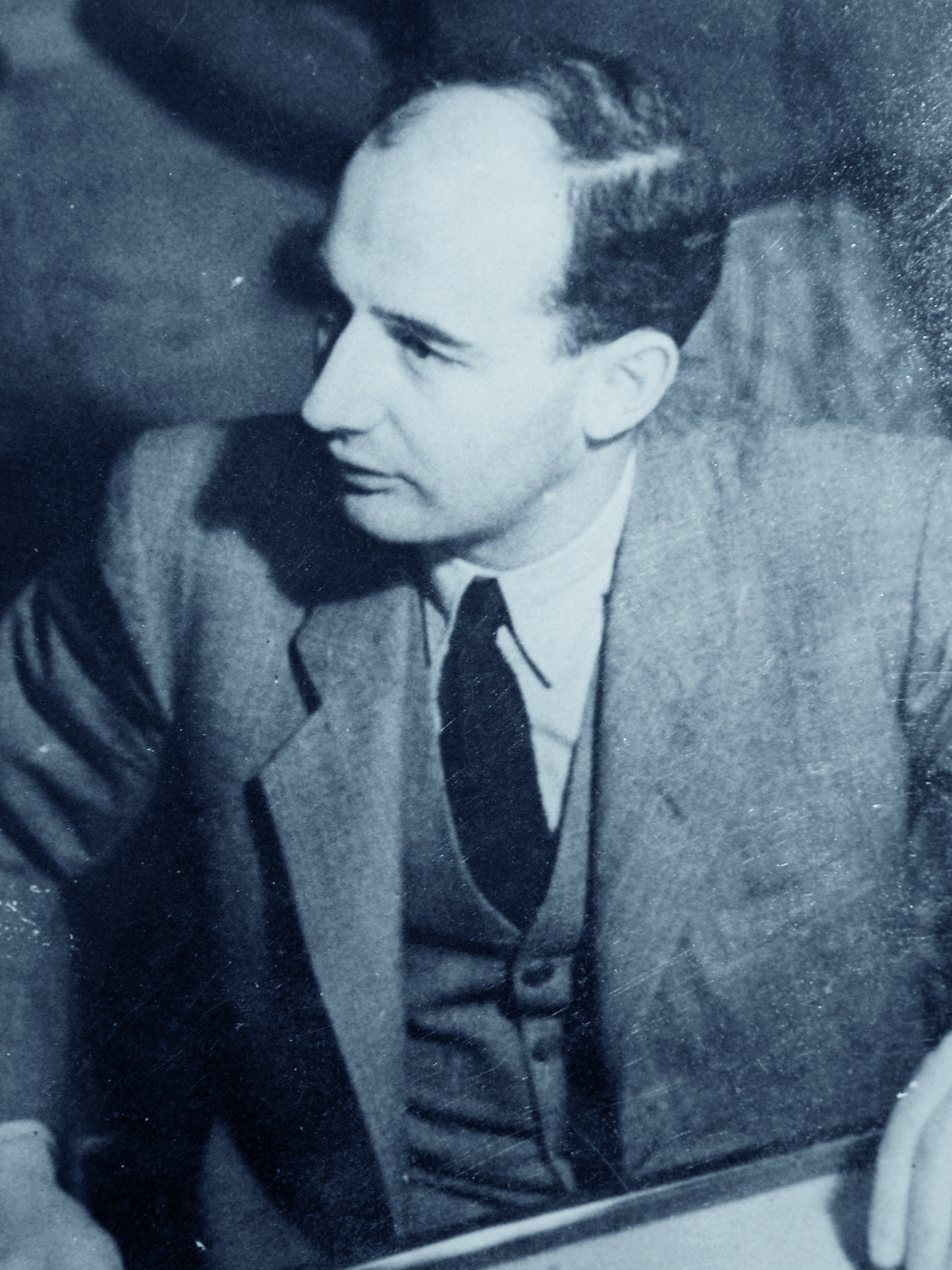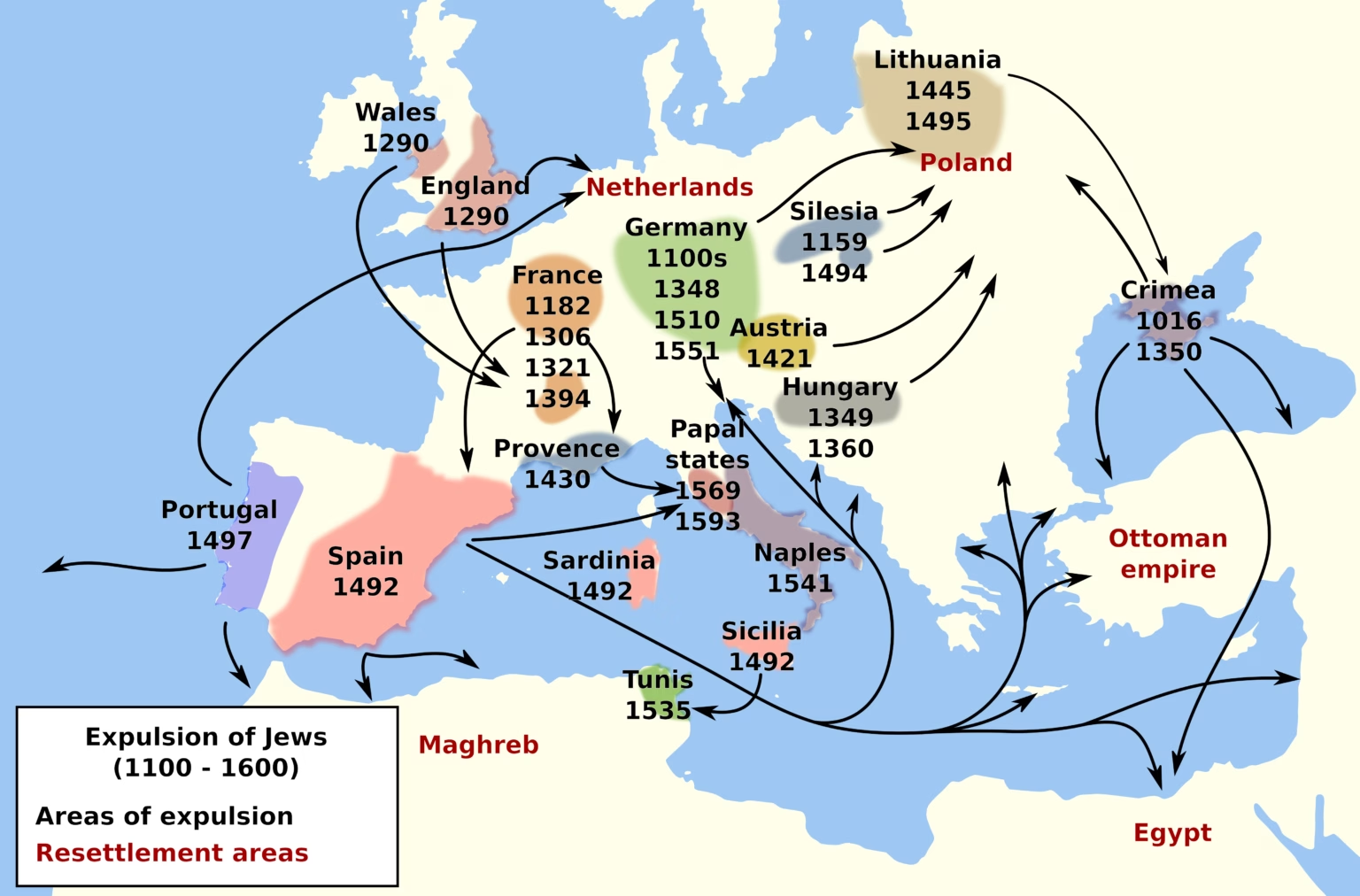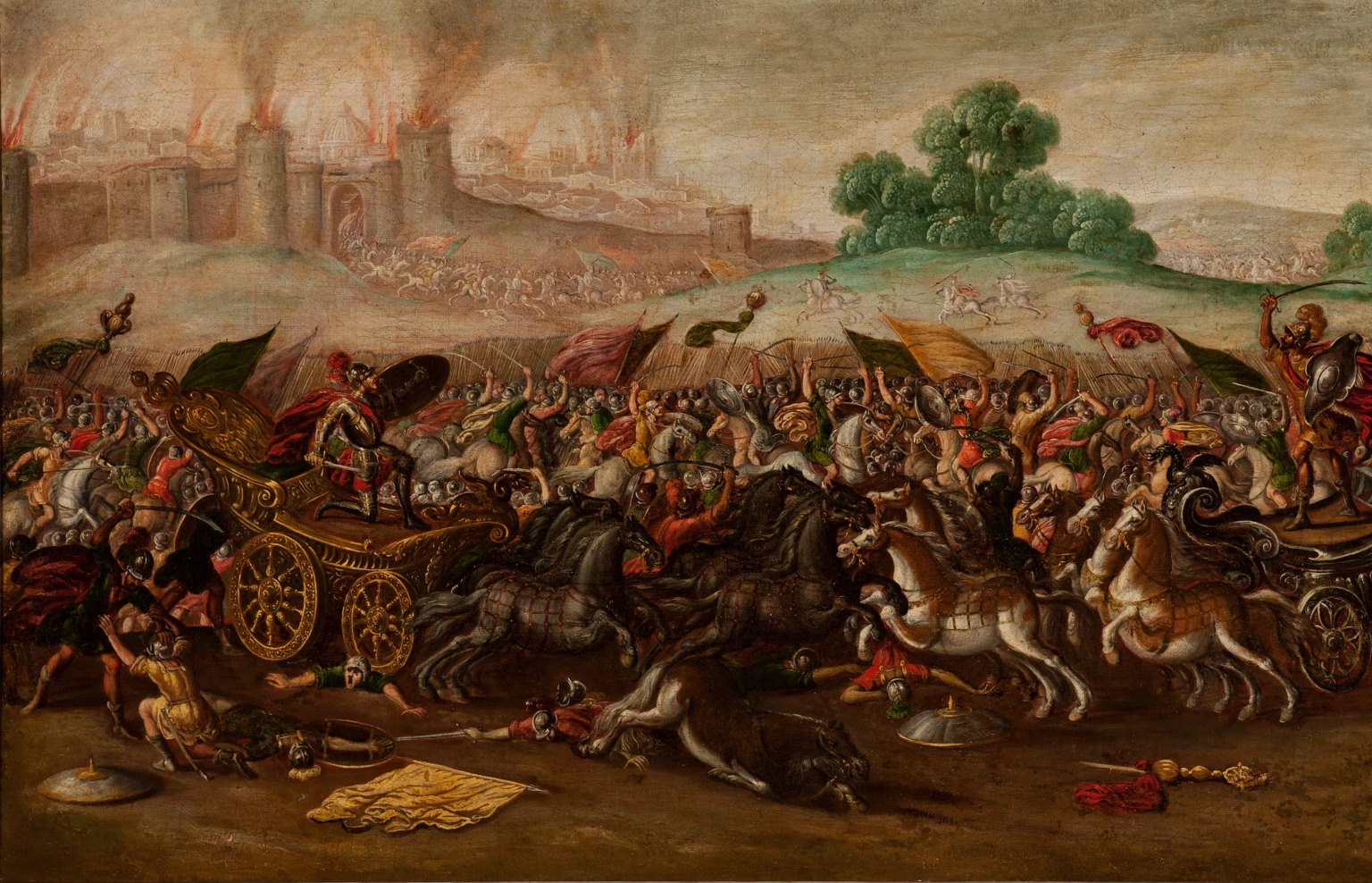Raoul Wallenberg’s heroism
A heroic rescue operation in the final stages of World War II in a chaotic Budapest – where countless survivors later testified how he saved their lives – along with his dramatic disappearance in Soviet captivity and the family’s desperate search for decades has immortalized Raoul Wallenberg’s memory.

“I am happy that my mission has not been in vain,” said Raoul Wallenberg in Budapest on January 17, 1945, the last day he was seen alive. Photo: Thomas Veres
In the spring of 1944, the fortunes of war during World War II had long since turned for Nazi Germany and a large part of Europe’s Jews had already been murdered. At that time, there were up to 800,000 Jews in Hungary, which was one of the largest remaining Jewish populations in Europe. When Hungary wanted to side with the Allies, Germany occupied the country and intensified efforts to exterminate the Jewish population in Hungary. Already at the Wannsee Conference outside Berlin in January 1942, the Nazis had calculated the size of the Jewish population in Europe and drawn up guidelines for the “Final Solution to the Jewish Question”. The minutes show that the plan was to murder a total of 11 million Jews. 742,000 of them were then in Hungary. Between May 15 and July 7, 1944, approximately 437,000 Hungarian Jews – men, women and children – were deported by the Nazis. The vast majority were taken to the Auschwitz-Birkenau extermination camp, where they were gassed to death immediately upon arrival.
Swedish diplomat arrives
In this situation, on July 6, 1944, the 32-year-old Swedish diplomat Raoul Wallenberg leaves Stockholm and arrives by train in Budapest three days later. The journey to Hungary took place partly on the same railway tracks used by the trains pulling cattle trucks that took Hungarian Jews to the Holocaust camps. Sweden’s attitude towards the Holocaust had gone from indifference to bureaucratic activism – from the J-stamp in German passports to Swedish protection passports in Budapest. When the Holocaust reached Norway in the autumn of 1942, Sweden became the first sovereign state since Nazi Germany began its persecution of Jews in 1933 to declare to the Germans that all Jews from a third state were welcome. When the deportation of the Danish Jews was planned, the Swedish government made such a statement on Swedish radio on October 2, 1943. For the first time since Hitler came to power, a European state publicly expressed its willingness to unconditionally accept Jewish refugees.
New dimension
From the autumn of 1942, the Swedish Foreign Ministry began to develop a bureaucratic resistance to Nazi Germany’s Jewish policy, which culminated in Budapest in the autumn of 1944 when Raoul Wallenberg took the stage and gave this humanitarian work a whole new dimension. Just hours before Raoul Wallenberg arrived in Budapest, the deportations were temporarily halted by Prime Minister Miklós Horthy following protests from Pope Pius XII, US President Franklin D Roosevelt and King Gustav V of Sweden. With the Swedish Ministry of Foreign Affairs behind him and with support and funding from the USA and from several Jewish organizations, Raoul Wallenberg, as the Foreign Ministry’s envoy – together with other Swedish legation staff and with diplomats from other neutral countries – distributed protection passports to vulnerable Jews in the Hungarian capital. So-called Swedish houses with a Swedish flag were declared diplomatic territory. Tens of thousands of Hungary’s remaining Jews were saved this way.
Captured by the Soviets
After his heroic efforts, Wallenberg was captured by the Red Army and disappeared in the Soviet Union’s concentration camp. “I am happy that my mission has not been in vain,” said Raoul Wallenberg in Budapest on January 17, 1945, the last day he was seen alive. For 76 years, the Swedish diplomat’s family has wondered what happened, why he was arrested by the Soviets and why Sweden did not stand up for its diplomat and hero. Thanks to his heroic efforts to save Hungarian Jews in the final stages of World War II, the Swedish diplomat has been named an honorary citizen of the United States, Canada, Hungary, Australia and Israel. Monuments, streets, stamps and memorial sites around the world have attracted attention to the Swedish diplomat, and the Yad Vashem Holocaust Museum in Israel has also named Wallenberg among the “Righteous among the Nations”. Through his life and death, Raoul Wallenberg challenged the two totalitarian ideologies – Nazism and Communism – that ravaged Europe during the 20th century. Sweden’s Foreign Minister Ann Linde has on three occasions in recent years raised the issue of Raoul Wallenberg with her Russian colleague Sergej Lavrov. Many of those rescued by Raoul Wallenberg moved to Israel. One of them was Israel’s current Foreign Minister Yair Lapid’s own father.


